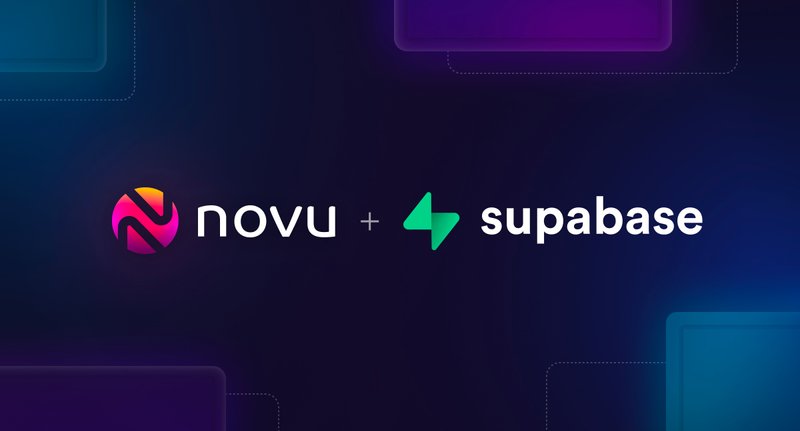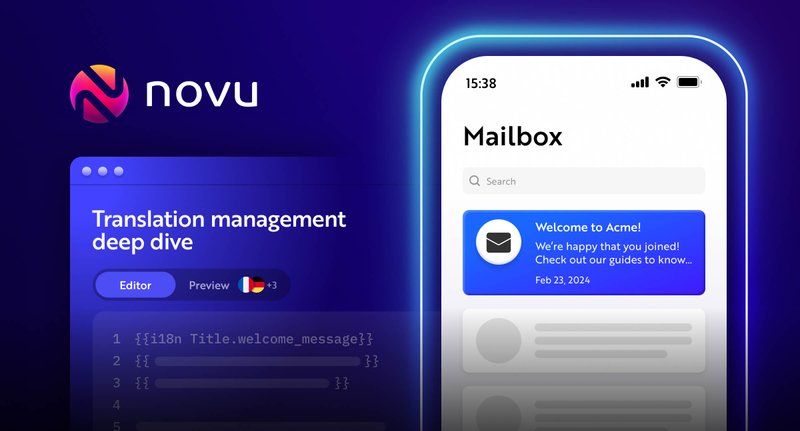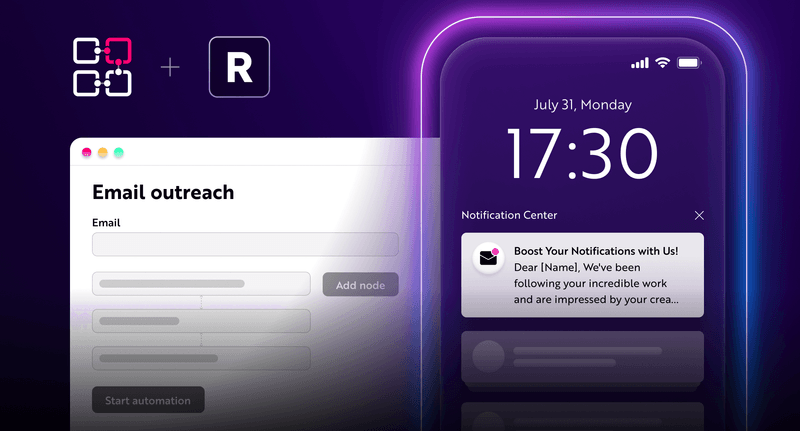Best Practices – How to Not Over Notify Your Users
Explore how to enhance user experience and avoid notification overload with digest notifications, using real-world examples like Taylor Swift's Instagram post scenario. Learn the ins and outs of various digest strategies—Regular, Back-off, and Scheduled—and how they can be tailored to different use cases to ensure users receive important updates without feeling overwhelmed. Discover best practices and FAQs to effectively implement and optimize digest notifications in your digital environment.

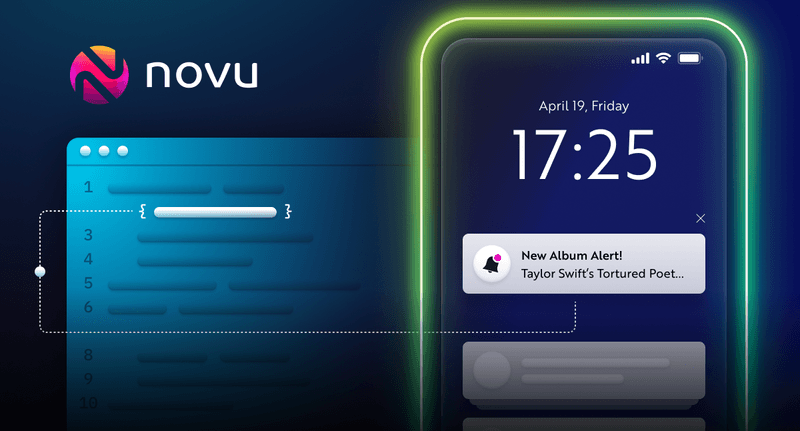
When Taylor Swift drops a surprise double album at 2am with an Instagram post, it gets over 5 million likes.
What if Instagram didn’t digest their notifications, and instantly sent T-Swift 5 million notifications as they came in.
Welcome to The Worst Notification Experience Ever.
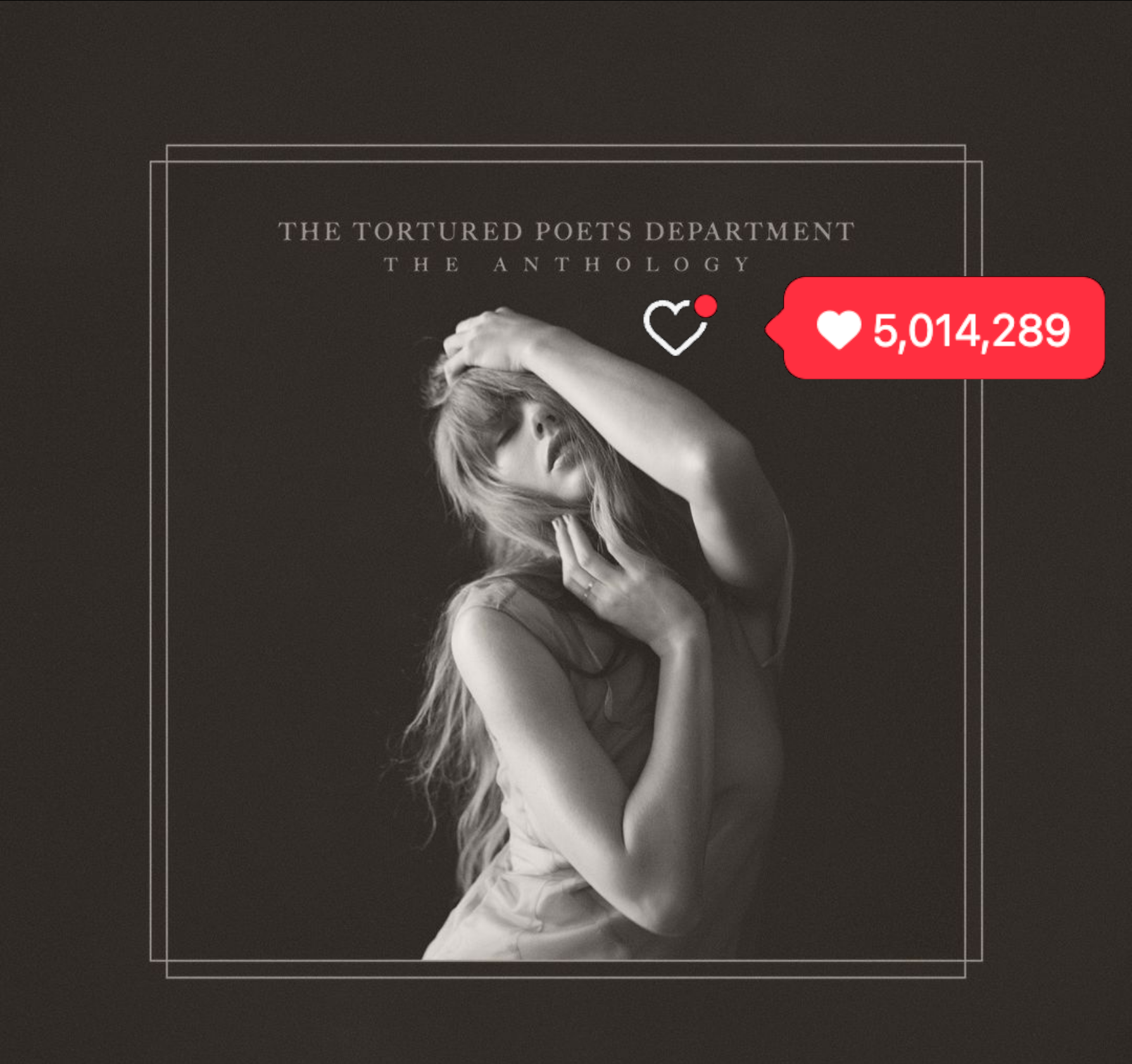
Imagine that your best users, your power users who are most excited about your platform, are the ones getting annoyed because they’re bombarded with notifications.
That’s why digest notifications are so important.
In this installment of our Notifications-as-Code Best Practices, we’ll talk about how to not over-notify your users. Why digests matter, when and how to use them, and ensure your users have a delightful notification experience.
What is a notification digest?
A notification digest solves the problem of users getting too many notifications at once.
Often when you associate notifications with user activity, the end user can be bombarded with messages because of the nature of the activity. For example, if you were to send a notification to a user for every comment they receive, and they happen to receive 100 comments, it could lead to notification fatigue since the user would receive 100 messages. This problems grows exponentially if their comment goes viral, or as the notifications scale.
This is where digest notifications come into the picture!
A digest notification consolidates information from many notifications into one, sending a single notification instead of multiple separate messages.
How does a digest notification work?
Digest Notifications work by collecting multiple trigger events, aggregating them into a single message, and delivering it to the subscriber.
This becomes useful when a user needs to be notified of a large amount of triggers and you want to avoid sending too many notifications. Novu will automatically batch the incoming trigger events based on the subscriberId and an optional digestKey that can be added to control the digestion of the events.
What is a digest engine?
Novu has a built-in digest engine that collects multiple trigger events, aggregates them into a single message and delivers it to the subscriber. You can use the digest engine by adding a digest node to your workflow in the workflow editor in the Novu dashboard.
What is a digest node?
After adding a digest node in the workflow editor, each node that will be below the digest node will be only triggered once in the specified digest interval. You can decide to send messages before adding a digest node and they will be triggered in real-time.
Best practices for sending 5 million notifications: digest strategy types
Novu allows you to define different digest strategies depending on the actual use-case you are trying to achieve. At this point we allow you to select from 3 strategies. Let’s break down when and how each notification strategy—Regular, Back-off, and Scheduled Digest—might be best applied in real-world scenarios:
1. Regular strategy
In regular strategy, a digest will always be created for the specified window time. Which means that from the first event trigger, if no active digest exists for this subscriber, one will be created and the user will receive the message only when the digest window time is reached.
When to Use: The regular strategy is ideal when you want to maintain a consistent communication interval without being influenced by user activity or other triggers. It’s best used when notifications are informational and not critical to be seen immediately but still need periodic updates.
Scenario Example
News App: A news application can use a regular digest strategy to send out a daily digest of top news stories at a set time each day. This keeps users informed on the day’s significant events without overwhelming them with notifications each time a new story is published.
2. Back-off strategy
In the back-off strategy, before creating a digest, Novu will check if a message was sent to the user in the back-off period. If a message was sent, a digest will be created. Otherwise, a message will be sent directly to the user and the digest creation will be skipped.
Backoff digest has two intervals, digest interval and backoff interval. Here, in the image below, the digest interval is 20 minutes, and the backoff interval is 15 minutes. In the case of a backoff digest, first, it checks if any event is triggered within the past backoff interval, only then a digest is created for the digest interval. If not, the event is considered non-digest and workflow execution continues to the next step.

Example
Let’s set the digest interval as 20 minutes and the backoff time as 15 minutes.
If we trigger the first event. Since it is the first event and there was no event triggered in the past 15 minutes (backoff interval), this event will be executed as it is (without digest).
Now, if we trigger a second within 15 minutes, then a new digest will be created with this second event. From now onwards till 20 minutes (digest interval), all triggers will be digested in this digest, and after 20 minutes, the workflow will carry forward to the next step with digested events.
When to Use: The back-off strategy is suitable when you want to minimize notification fatigue but also need to react to user interactions or events quickly. It’s particularly effective in dynamic contexts where user engagement varies significantly.
Scenario Example:
Social Media Platform: Consider a social media platform where a user posts a viral video. Initially, every like or comment might trigger a notification. However, as interactions increase, the back-off strategy can kick in, reducing the frequency of notifications and instead sending digests unless there is a significant lull in activity. If no new interactions are noted within a specific back-off period (e.g., 15 minutes), the next interaction triggers an immediate notification, renewing the cycle.
3. Scheduled digest
Minutes: Digests events for specified minutes intervals. For example, events will be digested for 20 minutes and after 20 minutes, workflow will carry forward to the next step. It will be repeated after every 20 minutes.
Hour: Digests events for given hours intervals. After given hours, a new digest is created.
Daily: Digests events for specified days till given time. After those days and time, a new digest is created and events are digested in this new digest.
Weekly: Digests events for specified weekdays. Only at the specified time, the workflow continues to the next step after the digest step. A new digest is created and events are digested in this new digest till these weeks and time.
When to Use: This strategy is used when notifications are not time-sensitive and can be grouped into predictable intervals. It works well for applications where users expect updates at regular times rather than in real-time.
Scenario Example:
Project management tool: In a project management tool used by a team working across different time zones, a scheduled digest could be set to summarize updates on tasks and comments at the end of each user’s day. This could be tailored to different time zones, ensuring team members receive a comprehensive update of the day’s activities without constant interruptions during work hours.
Combining strategies
In some cases, a combination of these strategies might be employed to optimize the user experience across different types of interactions within the same application. For instance, a health app might use scheduled digests for daily health tips, a regular strategy for weekly progress summaries, and a back-off strategy for notifications related to real-time health alerts or reminders based on user activity, like exercise or medication schedules. This tailored approach ensures that each type of notification is delivered in the most appropriate and effective manner, enhancing user engagement and satisfaction.
Dr. Notifire… or how I learned to stop annoying users and digest notifications

In conclusion, effectively managing notifications through strategies such as Regular, Back-off, and Scheduled Digests is crucial in today’s digital environment, where users are constantly bombarded with information.
Each strategy serves a unique purpose and fits different scenarios, from maintaining consistent communication intervals with a Regular Strategy, adapting to user engagement dynamically with a Back-off Strategy, to grouping updates at predictable times using a Scheduled Digest.
By thoughtfully applying these strategies, organizations can enhance user engagement without overwhelming them, leading to a more delightful digital experience. This balance is key not only to keeping users informed and engaged but also in respecting their time and attention.
Frequently asked questions all about notifications and digests
Q: What is the difference between Regular and Schedules Digest set to 1 Hour?
A: Both digests are same in this case.
The difference between a Regular Digest and a Scheduled Digest set to the same time lies mainly in their triggers and how they consolidate notifications:
Regular Digest
A Regular Digest is based on activity triggers rather than a set time interval. Once the first trigger event occurs, a digest window starts (let’s say it is also set to 1 hour for this comparison). Any additional events that occur within this hour will be added to the digest. The key point is that the timing of the Regular Digest window begins with the first event and doesn’t adhere to a strict schedule. So if the first event occurs at 1:05 PM, the digest would be sent after 2:05 PM. Scheduled Digest set to 1 Hour:
A Scheduled Digest with a 1-hour interval works on a fixed schedule regardless of when the first event happens. For instance, it might be configured to send at the top of every hour. So no matter when events occur, they will be compiled and sent at the next scheduled time, like 2:00 PM, 3:00 PM, and so on. This means that if an event occurs at 1:05 PM and the digest is scheduled to send every hour on the hour, the user will receive a notification at 2:00 PM including all events that happened between 1:00 PM and 2:00 PM. The choice between the two could depend on the nature of the app and user expectations. Regular Digests are more reactive to user actions, while Scheduled Digests provide predictability and consistency in notification delivery.
Q: If scheduled digest is set for 9:00 AM daily then will the digest be sent at 9:00 AM every day without any event triggered?
A: If scheduled digest is sent for 9:00 daily, then Novu will collect all events triggered between 9:00 AM today till 9:00 AM tomorrow and send the digest at 9:00 AM tomorrow. This process is repeated daily. If there is no any event triggered between 9:00 AM today and 9:00 AM tomorrow, then no digest will be sent.
Q: How do I set up a Digest Notification system?
To set up a digest notification system, you typically need to configure your application’s notification service to group multiple events into a single notification. This often involves coding logic that tracks user activity and batches notifications based on your chosen strategy (regular, back-off, or scheduled). Most modern backend platforms will have some built-in functionality or plugins available for this purpose.
Q: Can Digest Notifications be personalized for each user?
Yes, digest notifications can often be personalized by leveraging user data and preferences. Users can typically set their preferred intervals, types of notifications they want to receive, and even quiet hours during which they prefer not to be disturbed.
Q: What impact do Digest Notifications have on user engagement?
Digest notifications can positively impact user engagement by reducing the noise of too many notifications while ensuring that users still receive relevant information. The key is to find the right balance that keeps users informed without overwhelming them.
Q: How do you measure the success of a Digest Notification strategy?
Success can be measured through metrics such as open rates, click-through rates, user retention rates, and direct feedback from users. A/B testing can help determine the effectiveness of different digest intervals and formats.
Q: How are urgent notifications handled in a Digest system?
Urgent notifications typically bypass the digest system and are sent immediately to ensure timely delivery. The logic in the notification system should differentiate between notifications that can be digested and those that cannot.
Q: Can users opt out of Digest Notifications?
Users should always have the option to opt-out of digest notifications. This can be managed through the application settings where users can toggle their preferences for how they receive notifications.
Q: What are the challenges of implementing Digest Notifications?
Challenges can include technical integration with existing systems, ensuring timely delivery, timezone aware delivery, and optimizing the balance between too few and too many notifications.
Q: Are there any legal or privacy considerations with Digest Notifications?
It’s important to comply with data protection regulations like GDPR or CCPA, which may require user consent for data processing that includes notification preferences. Anonymizing and securing user data is also a key consideration.
Q: How does the back-off strategy determine the optimal time to send a notification?
The back-off strategy usually involves algorithmic determination based on user interaction patterns. Machine learning models can predict optimal times to send notifications to maximize engagement without being intrusive.
Q: What is the difference between Novu’s digest engine and others?
Q: Can Digest Notifications be integrated with other communication channels like email or SMS?
Digest notifications can be integrated with other communication channels using APIs and messaging services that support multi-channel delivery. This requires a backend system capable of coordinating notifications across email, SMS, push notifications, etc.
Q: How do Scheduled Digests handle timezone differences for global users?
Timezone differences can be managed by storing users’ timezone information and scheduling notifications accordingly. With Timezone Aware Delivery, Novu can automatically adjust send times based on the user’s local timezone.
Related Resources

